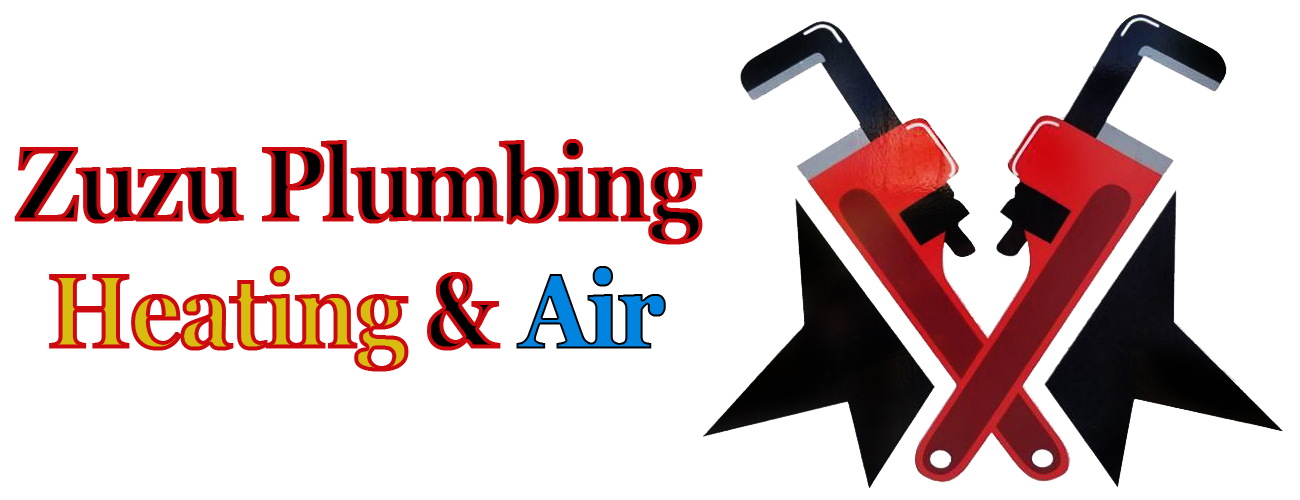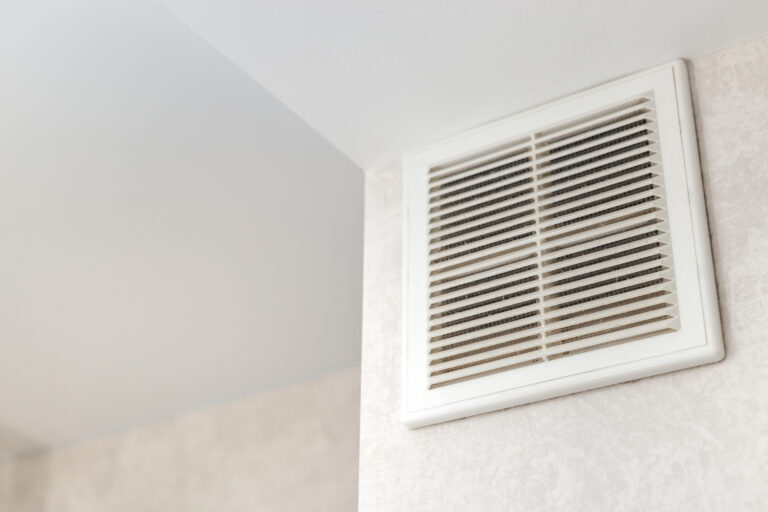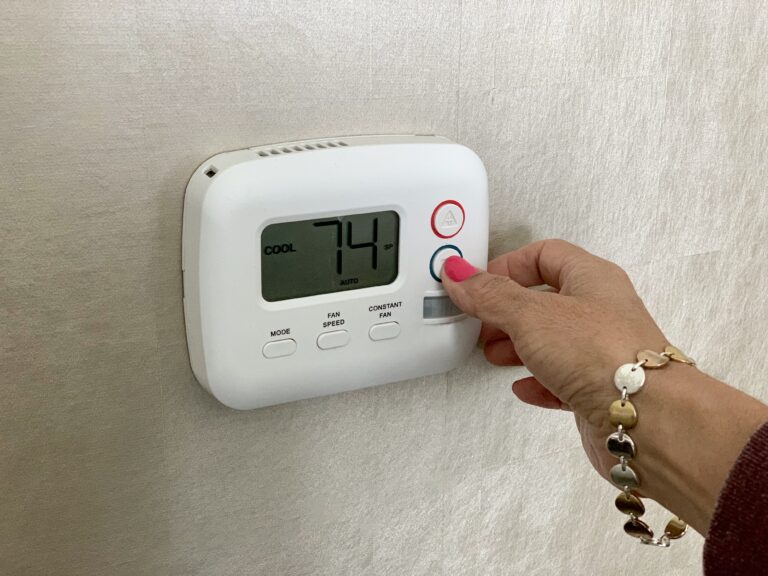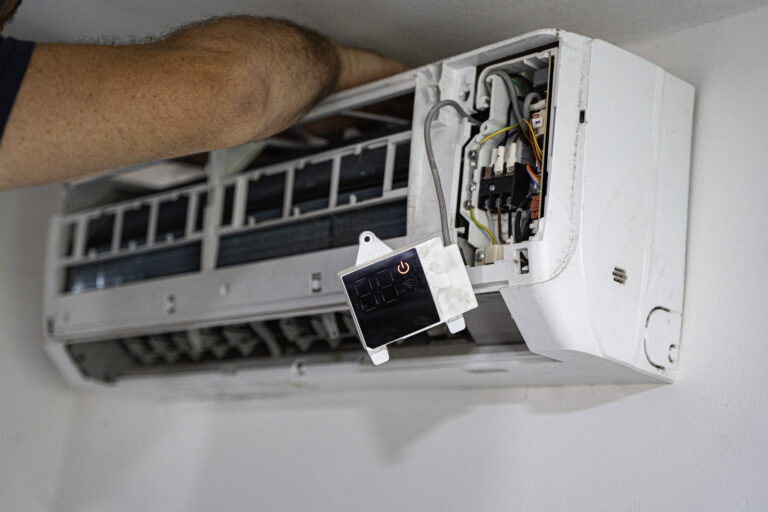Signs It’s Time to Replace Your Furnace
A reliable furnace is essential for comfort, especially during the colder months in Modesto. Homeowners depend on their heating systems to provide consistent, efficient warmth. When a furnace operates correctly, it is easy to forget it is running. However, like all complex machinery, furnaces have a finite lifespan. They eventually wear down, lose efficiency, and become less dependable. Ignoring the warning signs of a failing furnace leads to sudden breakdowns, expensive emergency calls, and uncomfortable homes.
Recognizing when a furnace is moving from needing a simple repair to requiring a full replacement is a critical decision for any homeowner. Making the choice too early might feel wasteful, but waiting too long is often far more costly. A system that is failing can consume excessive energy, driving up utility bills month after month. It may also pose significant safety risks if components like the heat exchanger are compromised. Understanding the distinct signals your furnace sends is key to making a timely, informed decision. This protects your comfort, your budget, and your safety.
The Age of Your Furnace
The single most reliable indicator for furnace replacement is its age. Most conventional gas furnaces are manufactured to last between 15 and 20 years. Some high quality units may last slightly longer with meticulous, professional maintenance; others may fail sooner if neglected. If your furnace is approaching this 15 year mark, it is time to start planning for a replacement, even if it seems to be working well. Waiting for a total breakdown on the coldest day of the year is a stressful and expensive scenario.
Finding the age of your unit is usually straightforward. Look for a manufacturer’s sticker or plate on the exterior or interior of the furnace cabinet. This label often includes a manufacture date. If not, the serial number contains the information. A quick search online or a call to a professional HVAC technician can help you decode the serial number to determine the exact year and month it was produced. Knowing this date provides a clear baseline for your replacement timeline.

Furnaces that are 15, 20, or even 25 years old operate on outdated technology. Modern furnaces are significantly more energy efficient than those built just two decades ago. The Annual Fuel Utilization Efficiency, or AFUE, rating measures how much fuel a furnace converts into usable heat. Older systems might have an AFUE of 80 percent or less, meaning 20 cents of every dollar spent on fuel is wasted. New high efficiency models can achieve an AFUE of 95 percent or higher, offering substantial long term savings. Furthermore, as a furnace ages, manufacturers discontinue parts. This makes sourcing replacement components difficult and extremely expensive, turning what might be a simple repair on a newer unit into a major expense for an old one.
Increasing Energy Bills
A sudden, unexplained spike in your heating bills is a major red flag. Your utility costs should remain relatively consistent from year to year, accounting for weather changes and rate increases. When your gas or electric bill starts to climb steadily without a corresponding increase in your thermostat setting, your furnace is often the culprit. This is a clear sign the system is working harder and longer to produce the same amount of heat.
This loss of efficiency happens gradually. Over many years of operation, components like burners, blowers, and sensors wear down. The system must run for longer cycles to reach the temperature set on your thermostat. A dirty or clogged filter, while a simple fix, can accelerate this decline if neglected by forcing the blower motor to strain, causing premature wear and overheating. As mechanical parts fatigue, they draw more power and burn more fuel just to function.
Compare your energy bills from the current season to the same months in the previous two or three years. If you notice a clear upward trend that cannot be explained by rate hikes, your furnace is likely losing its battle with age. A new, high efficiency furnace operates with much less effort. The immediate reduction in monthly energy consumption is one of the most significant benefits of a timely replacement. The savings on energy bills can often help offset the cost of the new installation over its lifespan.
Frequent or Expensive Repairs
A furnace may need an occasional repair during its service life; this is normal. However, a pattern of frequent breakdowns is a clear signal that the system is failing. If you find yourself calling for HVAC service every winter, or even multiple times in one season, you are experiencing the end of your furnace’s reliable life. These service calls add up quickly, and the money spent on temporary fixes could instead be invested in a new, reliable system.
This leads to the critical financial calculation. A common guideline used in the HVAC industry is the 50 percent rule. If the cost of a single repair approaches 50 percent of the value of a new furnace installation, replacement is almost always the more sensible financial option. Investing a large sum of money into a system that is already old and inefficient is a poor investment. It is highly likely that another component will fail soon, requiring another expensive repair.
Certain repairs are so significant they immediately tilt the scales toward replacement. The most critical of these is a cracked heat exchanger. This component is responsible for transferring heat from the combustion process to the air that blows through your home. A crack is a serious safety hazard that can leak carbon monoxide into your living space. A cracked heat exchanger almost universally means the furnace must be replaced. Other major repairs, like a failing blower motor or a bad control board, can also cost hundreds or thousands of dollars. When faced with these major expenses on an aging system, replacement offers long term peace of mind and financial stability.
Inconsistent Temperatures and Uneven Heating
Your furnace is designed to deliver consistent warmth to every part of your home. When it functions properly, the temperature should feel relatively uniform from room to room. A common symptom of a failing furnace is the development of hot and cold spots. You may find that some rooms, often those farthest from the furnace, feel chilly and never seem to get warm. Other rooms may become uncomfortably hot.
This uneven heating occurs because the furnace is losing its capacity to produce and distribute heat effectively. The blower motor may be weakening, unable to push the air with enough force to reach the distant vents. The furnace itself might be struggling to generate enough heat, causing it to shut off before the entire house has reached the target temperature. This loss of performance means the system can no longer meet the heating demands of the house, something it used to do with ease.

While drafts, poor insulation, or leaky ductwork can also contribute to temperature imbalances, a sudden or worsening problem often points directly to the heating unit. An aging furnace struggles to regulate temperature and maintain the calibration it once had. This results in inconsistent comfort and a constant need to adjust the thermostat, which only drives up energy use further. A new furnace, correctly sized for your home by a professional, ensures powerful and even air distribution for whole home comfort.
Strange Noises Coming From the Unit
You are likely familiar with the normal sounds of your furnace. The gentle click as it ignites and the soft hum of the blower fan are standard operating noises. When new, loud, or persistent sounds develop, they are mechanical warnings that should never be ignored. These noises indicate that components are loose, broken, or under severe stress.
Rattling sounds often suggest that a panel is loose or that debris is caught in the system. While sometimes a simple fix, it can also be a sign of a more serious internal part shaking loose. A loud squealing or whining noise is much more concerning. This typically points to a problem with the blower motor. It could be a frayed belt or, more seriously, failing bearings within the motor itself. If left unaddressed, this will lead to a total motor failure, leaving you with no heat.
The most alarming sounds are grinding, scraping, or banging. A metallic scraping or grinding noise means parts are rubbing together. This could be a broken motor mount or a collapsed bearing in the blower wheel. This is a severe mechanical failure that requires the system to be shut down immediately to prevent catastrophic damage. Loud banging or popping sounds can be caused by air ducts expanding and contracting, but they can also signal a dangerous condition called delayed ignition. This is when gas builds up in the combustion chamber before it ignites, causing a small explosion. All these sounds are precursors to a major breakdown and demand an immediate professional inspection.
Visible Rust or Cracks
A visual inspection of your furnace can reveal obvious signs of distress. Even if the unit is in a closet, attic, or basement, it is wise to look at it occasionally with a flashlight. Pay close attention to the exterior cabinet and any visible components. The presence of rust is a clear indicator of a problem. Rust forms when metal is exposed to moisture. This moisture could be from a leak in the exhaust system, a problem with the condensate line, or even high humidity in the surrounding space.
Rust is not just a cosmetic issue. Corrosion compromises the structural integrity of the furnace. If you see rust on the outside, it is highly likely that corrosion is also occurring on the inside, where it can damage burners and the heat exchanger. Any visible cracks or gaps in the furnace cabinet or venting are also serious. These breaches can allow flue gases, including carbon monoxide, to escape into your home.
This physical deterioration is irreversible. You cannot simply scrape off the rust and assume the furnace is fine. Corrosion weakens the metal, making it brittle and prone to cracking. A furnace that is visibly rusting or cracking is well past its prime and should be considered for immediate replacement to ensure safe operation.
Worsening Indoor Air Quality
Your HVAC system is the primary tool for circulating and filtering the air inside your home. An old, failing furnace can have a significant negative impact on your indoor air quality. As the system ages, it can become a source of pollutants rather than a solution. If you notice an unusual increase in dust settling on surfaces shortly after the furnace runs, the system may be struggling.
An aging furnace may develop small cracks or issues with combustion that release soot or fine particles into the airstream. These particles are then distributed throughout your home, coating your vents and furniture. You may also notice the air feels excessively dry, stale, or stuffy. Old furnaces are not effective at maintaining balanced humidity, leading to dry air that can irritate sinuses, skin, and respiratory conditions like asthma or allergies.

If anyone in your home begins to experience an increase in allergies or respiratory issues that seem to be worst when the heat is on, your furnace could be contributing. While regular filter changes are essential, there is a point where a new filter cannot fix the problems of an old, dirty furnace. A modern system, especially one paired with an advanced air purification or humidifier accessory, can dramatically improve the quality of the air you breathe at home.
Constant Short Cycling
Short cycling is the term for when a furnace turns on, runs for only a few minutes, shuts off, and then repeats the process soon after. This is highly abnormal behavior. A furnace should run for a sustained period, typically 10 to 15 minutes or more, to heat the home properly before shutting down for a longer rest period.
There are several reasons a furnace might short cycle. A common cause is an overheating heat exchanger. This happens when airflow is restricted, often by a severely clogged air filter or a blocked exhaust vent. The furnace’s safety sensors detect the dangerous temperature rise and shut the unit down prematurely. While a dirty filter is an easy fix, short cycling can also be caused by a failing sensor, a malfunctioning control board, or an oversized furnace that heats the space too quickly.
Regardless of the cause, short cycling is incredibly damaging to the furnace. The constant starting and stopping puts immense wear and tear on every component, particularly the ignition system and the blower motor. It drives up energy consumption and leads to rapid, premature failure of the entire system. If your furnace is constantly turning on and off, it is a sign of a significant problem that requires professional diagnosis. On an older unit, this symptom often indicates the system has reached the end of its life.
Safety Concerns and Carbon Monoxide
The most important reason to replace an old furnace has nothing to do with cost or comfort; it has to do with safety. Gas furnaces burn fossil fuels to create heat. A byproduct of this combustion process is carbon monoxide, or CO. This gas is odorless, colorless, and deadly. A properly functioning furnace vents all CO safely out of your home.
The primary defense against CO poisoning is the heat exchanger. This metal component separates the combustion chamber from the air that blows into your home. Over years of expanding and contracting with heat, the metal of the heat exchanger can fatigue and develop cracks. These cracks, sometimes microscopic, allow carbon monoxide to mix with your breathable air and be distributed throughout your house. This is a life threatening emergency.
Signs of a carbon monoxide problem include a flickering or yellow burner flame (it should be steady and blue), soot streaks around the furnace, and moisture on interior windows. However, the most reliable signal is your carbon monoxide detector. If your CO detector alarms, exit the home immediately and call for emergency services. Physical symptoms of CO poisoning include headaches, dizziness, nausea, and confusion. Any suspicion of a CO leak means the furnace must be shut down and inspected. A cracked heat exchanger cannot be repaired; it requires a full furnace replacement.
A furnace provides essential comfort and safety for your home. When it begins to show signs of failure, it is critical to pay attention. Rising energy bills, frequent repair needs, and inconsistent heating are all strong indicators that your system is working on borrowed time. More serious symptoms like strange noises, visible rust, or signs of a carbon monoxide leak demand immediate action.
Choosing to replace an aging furnace is a significant investment, but it is one that pays off in reliability, lower energy bills, improved indoor air quality, and most importantly, peace of mind. If your furnace is exhibiting these warning signs, the best course of action is to schedule a professional evaluation. A trusted HVAC expert can assess your system’s health and provide an honest recommendation. Zuzu Plumbing Heating and Air has served Modesto and Stanislaus County for over 25 years. We are dedicated to providing expert, 5 star service and helping you find the right heating solution for your home.







